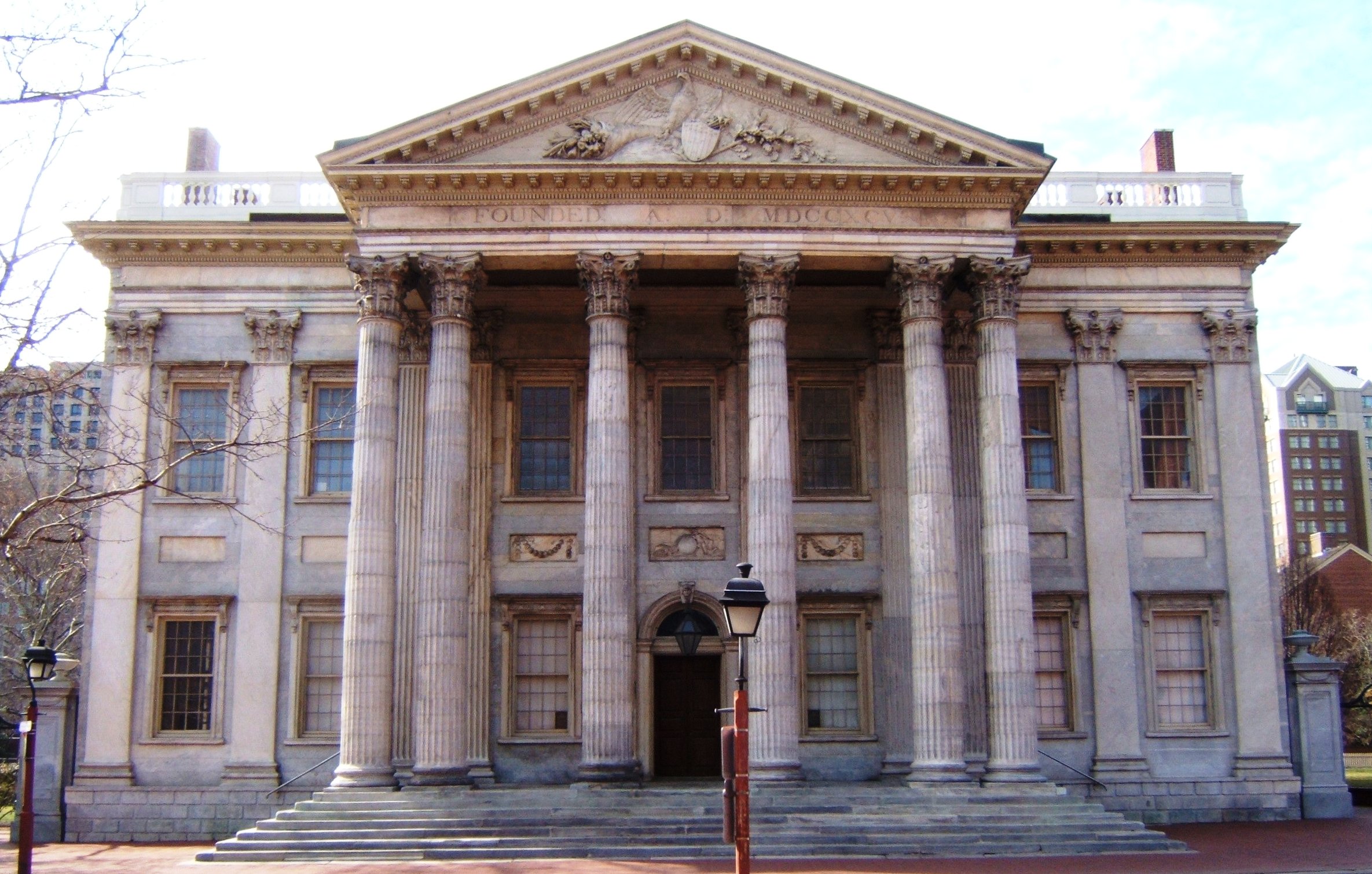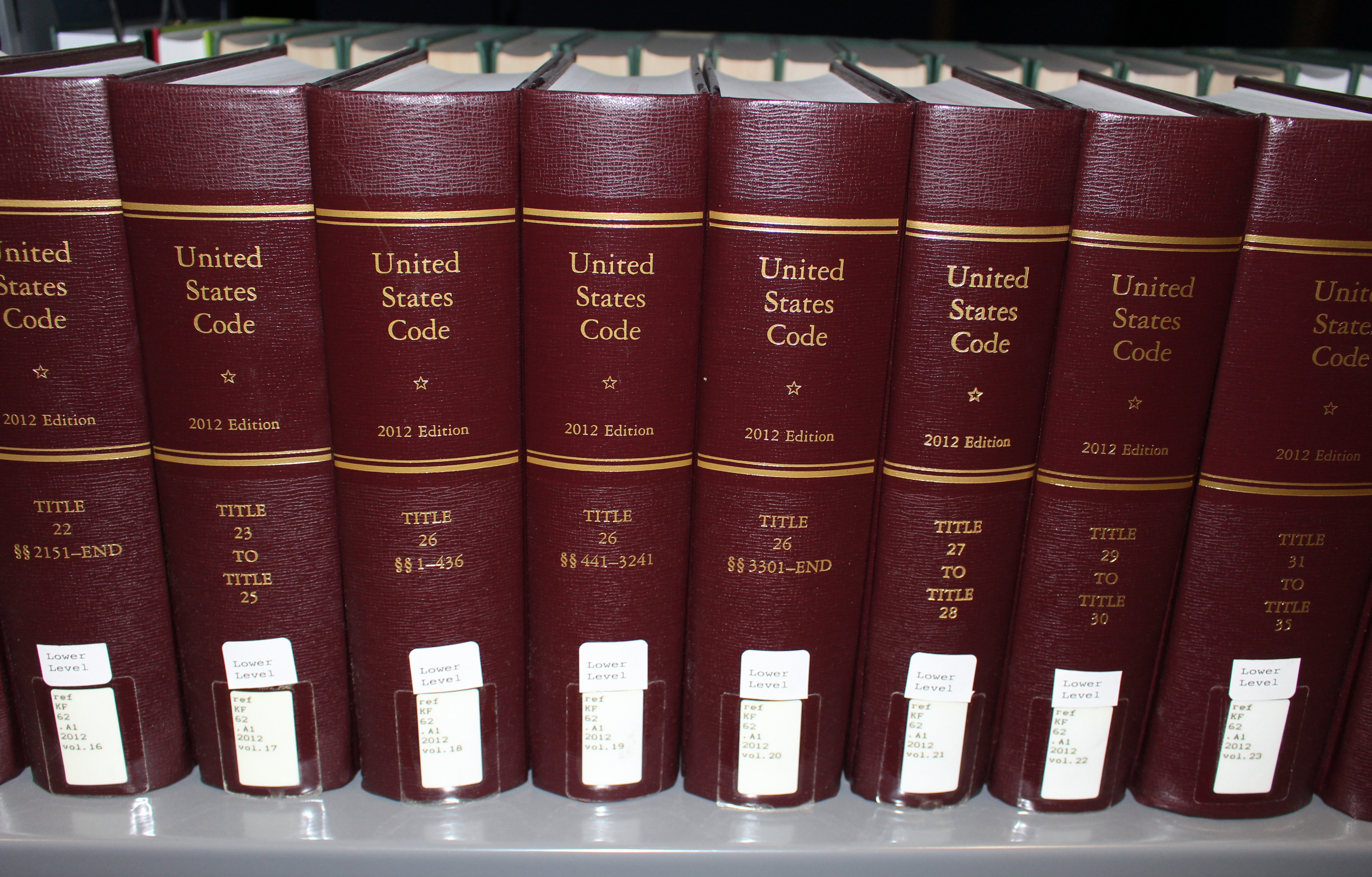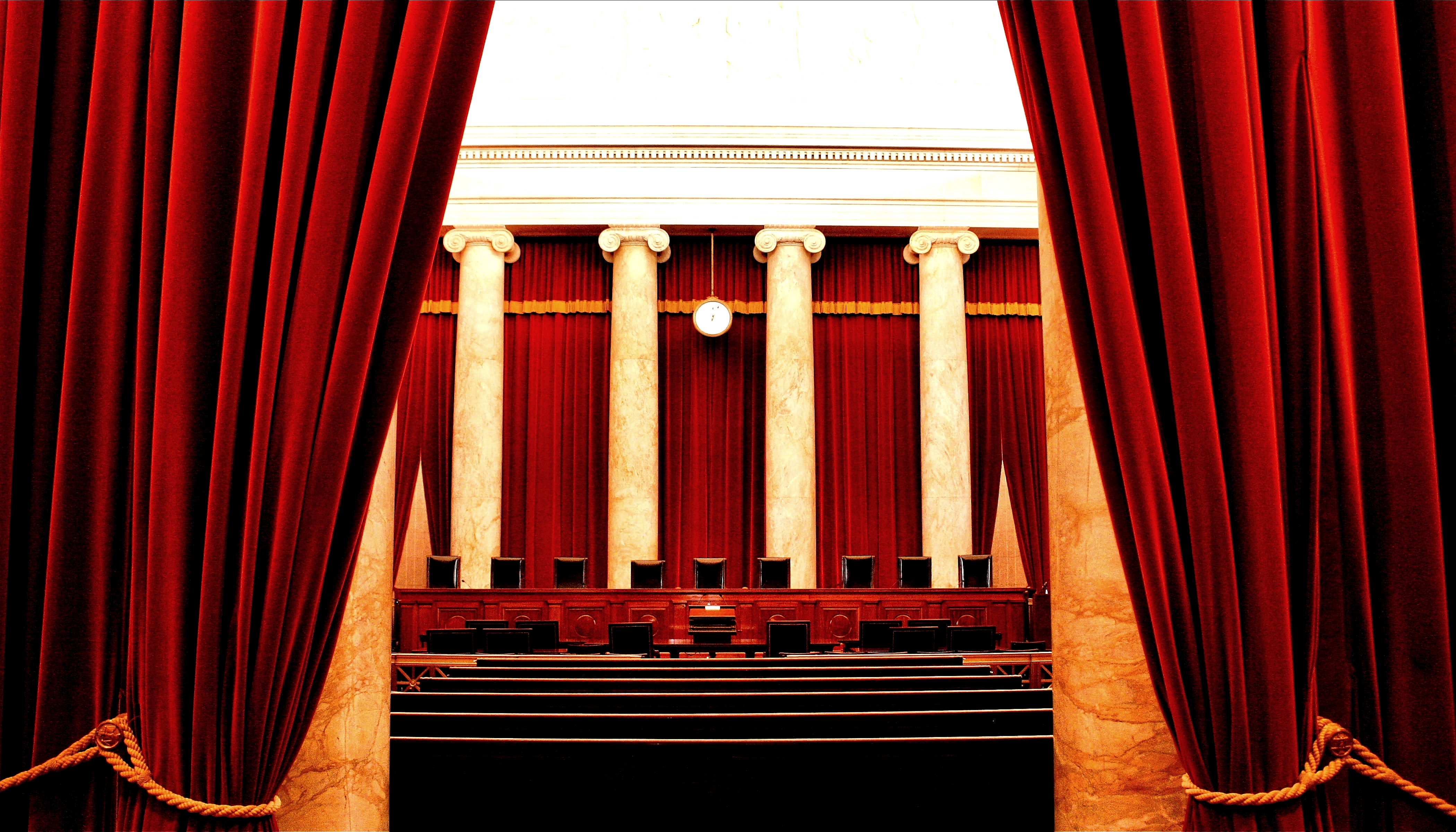|
Bridge Bank
A bridge bank is an institution created by a national regulator or central bank to operate a failed bank until a buyer can be found. While national laws vary, the bridge bank is usually established by a publicly backed deposit insurance organisation or financial regulator and may be instituted to avoid systemic risk and provide an orderly transition avoiding negative effects such as bank runs. Typically, the tasks of a bridge bank are to ensure seamless continuity of banking operations by: * Assuming the deposits of and honouring the commitments of the failed bank, so that service to retail clients is not disrupted * Servicing adequately secured existing loans to avoid their premature interruption or termination * Assuming other existing assets, liabilities or functions of the defunct bank at the discretion of the regulator These tasks are carried out on a temporary basis (usually for no more than two or three years) to provide time to find a buyer for the bank as a going conc ... [...More Info...] [...Related Items...] OR: [Wikipedia] [Google] [Baidu] [Amazon] |
Financial Regulator
Financial regulation is a broad set of policies that apply to the financial sector in most jurisdictions, justified by two main features of finance: systemic risk, which implies that the failure of financial firms involves public interest considerations; and information asymmetry, which justifies curbs on freedom of contract in selected areas of financial services, particularly those that involve retail clients and/or principal–agent problems. An integral part of financial regulation is the supervision of designated financial firms and markets by specialized authorities such as securities commissions and bank supervisors. In some jurisdictions, certain aspects of financial supervision are delegated to self-regulatory organizations. Financial regulation forms one of three legal categories which constitutes the content of financial law, the other two being market practices and case law. History In the early modern period, the Dutch were the pioneers in financial regulation. ... [...More Info...] [...Related Items...] OR: [Wikipedia] [Google] [Baidu] [Amazon] |
Mainstreet Bank Limited
Mainstreet Bank Limited (MBL), also referred to as Mainstreet Bank, was a commercial bank in Nigeria. It was acquired by Skye Bank Plc in 2014. Overview Mainstreet Microfinance Bank is a large financial services provider in Nigeria. Mainstreet Bank Limited assumed the assets and liabilities of Afribank Plc., which had an epochal beginning as one of the big four banks in Nigeria, on 20 October 1959. The bank has been an active player in the Nigerian interbank market and has leveraged the legacy bank's over 51 years of experience and goodwill in the financial services sector to become a distinguished commercial bank that contributes to national economic development. Currently, the bank operates 217 branches nationwide, with at least one branch in every city of the 36 states in the Nigerian federation History Mainstreet Microfinance Bank was formed in August 2011 by taking over the assets and some of the liabilities of the now defunct Afribank Plc., whose commercial banking lic ... [...More Info...] [...Related Items...] OR: [Wikipedia] [Google] [Baidu] [Amazon] |
Portfolio (finance)
In finance, a portfolio is a collection of investments. Definition The term "portfolio" refers to any combination of financial assets such as stocks, bonds and cash. Portfolios may be held by individual investors or managed by financial professionals, hedge funds, banks and other financial institutions. It is a generally accepted principle that a portfolio is designed according to the investor's risk tolerance, time frame and investment objectives. The monetary value of each asset may influence the risk/reward ratio of the portfolio. When determining asset allocation, the aim is to maximise the expected return and minimise the risk. This is an example of a multi-objective optimization problem: many efficient solutions are available and the preferred solution must be selected by considering a tradeoff between risk and return. In particular, a portfolio A is dominated by another portfolio A' if A' has a greater expected gain and a lesser risk than A. If no portfolio dominates A ... [...More Info...] [...Related Items...] OR: [Wikipedia] [Google] [Baidu] [Amazon] |
Loan
In finance, a loan is the tender of money by one party to another with an agreement to pay it back. The recipient, or borrower, incurs a debt and is usually required to pay interest for the use of the money. The document evidencing the debt (e.g., a promissory note) will normally specify, among other things, the principal amount of money borrowed, the interest rate the lender is charging, and the date of repayment. A loan entails the reallocation of the subject asset(s) for a period of time, between the lender and the borrower. The interest provides an incentive for the lender to engage in the loan. In a legal loan, each of these obligations and restrictions is enforced by contract, which can also place the borrower under additional restrictions known as loan covenants. Although this article focuses on monetary loans, in practice, any material object might be lent. Acting as a provider of loans is one of the main activities of financial institutions such as banks ... [...More Info...] [...Related Items...] OR: [Wikipedia] [Google] [Baidu] [Amazon] |
Collateral (finance)
In lending agreements, collateral is a borrower's pledge of specific property to a lender, to secure repayment of a loan. The collateral serves as a lender's protection against a borrower's default and so can be used to offset the loan if the borrower fails to pay the principal and interest satisfactorily under the terms of the lending agreement. The protection that collateral provides generally allows lenders to offer a lower interest rate on loans that have collateral. The reduction in interest rate can be up to several percentage points, depending on the type and value of the collateral. For example, the Annual Percentage Rate (APR) on an unsecured loan is often much higher than on a secured loan or logbook loan. If a borrower defaults on a loan (due to insolvency or another event), that borrower loses the property pledged as collateral, with the lender then becoming the owner of the property. In a typical mortgage loan transaction, for instance, the real estate ... [...More Info...] [...Related Items...] OR: [Wikipedia] [Google] [Baidu] [Amazon] |
US Banking Law
In the United States, banking had begun by the 1780s, along with the country's founding. It has developed into a highly influential and complex system of banking and financial services. Anchored by New York City and Wall Street, it is centered on various financial services, such as private banking, asset management, and deposit security. The beginnings of the banking industry can be traced to 1780 when the Bank of Pennsylvania was founded to fund the American Revolutionary War. After merchants in the Thirteen Colonies needed a currency as a medium of exchange, the Bank of North America was opened to facilitate more advanced financial transactions. As of 2018, the largest banks in the United States were JPMorgan Chase, Bank of America, Wells Fargo, Citigroup, and Goldman Sachs. As of March 2024, there were 4,587 FDIC insured commercial banks and savings institutions in the U.S. History Merchants traveled from Britain to the United States and established the Bank of Pennsylva ... [...More Info...] [...Related Items...] OR: [Wikipedia] [Google] [Baidu] [Amazon] |
National Bank (United States)
In the United States, a national bank is an ordinary private bank operating within the federal government's regulatory structure, which usually but not always operates in multiple U.S. states, and is under the supervision of the Office of the Comptroller of the Currency. Depending on the matter, it also may have to comply with some U.S. state regulations. It is legally required to be a member of the Federal Reserve System. A national bank in the U.S. is distinguished from a state bank, whose permit or charter is granted by one of the U.S. states, and can only do business in that state. Overview The term ''national bank'' in the U.S. context originally referred to the Revolutionary War–era Bank of North America, its successor, the First Bank of the United States, or that institution's successor, the Second Bank of the United States. The first survives as an acquisition of Wells Fargo, while the others are defunct. In the modern usage since the 1860s, the term ''national bank' ... [...More Info...] [...Related Items...] OR: [Wikipedia] [Google] [Baidu] [Amazon] |
United States Code
The United States Code (formally The Code of Laws of the United States of America) is the official Codification (law), codification of the general and permanent Law of the United States#Federal law, federal statutes of the United States. It contains 53 titles, which are organized into numbered sections. The U.S. Code is published by the United States House of Representatives, U.S. House of Representatives' Office of the Law Revision Counsel. New editions are published every six years, with cumulative supplements issued each year.About United States Code . Gpo.gov. Retrieved on 2013-07-19. The official version of these laws appears in the ''United States Statutes at Large'', a chronological, uncodified compilation. Codification Process The official text of an Act of Cong ...[...More Info...] [...Related Items...] OR: [Wikipedia] [Google] [Baidu] [Amazon] |
Bank Deposit
A deposit account is a bank account maintained by a financial institution in which a customer can deposit and withdraw money. Deposit accounts can be savings accounts, current accounts or any of several other types of accounts explained below. Transactions on deposit accounts are recorded in a bank's books, and the resulting balance is recorded as a liability of the bank and represents an amount owed by the bank to the customer. In other words, the banker-customer (depositor) relationship is one of debtor-creditor. Some banks charge fees for transactions on a customer's account. Additionally, some banks pay customers interest on their account balances. Types of accounts * How banking works In banking, the verbs "deposit" and "withdraw" mean a customer paying money into, and taking money out of, an account, respectively. From a legal and financial accounting standpoint, the noun "deposit" is used by the banking industry in financial statements to describe the liability owed ... [...More Info...] [...Related Items...] OR: [Wikipedia] [Google] [Baidu] [Amazon] |
Banking Regulation
Banking regulation and supervision refers to a form of financial regulation which subjects banks to certain requirements, restrictions and guidelines, enforced by a financial regulatory authority generally referred to as banking supervisor, with semantic variations across jurisdictions. By and large, banking regulation and supervision aims at ensuring that banks are safe and sound and at fostering Transparency (market), market transparency between banks and the individuals and corporations with whom they conduct business. Its main component is prudential regulation and supervision whose aim is to ensure that banks are viable and resilient ("safe and sound") so as to reduce the likelihood and impact of bank failures that may trigger systemic risk. Prudential regulation and supervision requires banks to control risks and hold adequate capital as defined by capital requirements, liquidity requirements, the imposition of concentration risk (or large exposures) limits, and related re ... [...More Info...] [...Related Items...] OR: [Wikipedia] [Google] [Baidu] [Amazon] |
United States Law
The law of the United States comprises many levels of Codification (law), codified and uncodified forms of law, of which the supreme law is the nation's Constitution of the United States, Constitution, which prescribes the foundation of the federal government of the United States, federal government of the United States, as well as various civil liberties. The Constitution sets out the boundaries of federal law, which consists of Act of Congress, Acts of Congress, treaty, treaties ratified by the United States Senate, Senate, regulations promulgated by the executive branch, and case law originating from the United States federal courts, federal judiciary. The United States Code is the official compilation and Codification (law), codification of general and permanent federal statutory law. The Constitution provides that it, as well as federal laws and treaties that are made pursuant to it, preempt conflicting state and territorial laws in the 50 U.S. states and in the territor ... [...More Info...] [...Related Items...] OR: [Wikipedia] [Google] [Baidu] [Amazon] |
Capital Adequacy Ratio
Capital Adequacy Ratio (CAR) also known as Capital to Risk (Weighted) Assets Ratio (CRAR), is the ratio of a bank's capital to its risk. National regulators track a bank's CAR to ensure that it can absorb a reasonable amount of loss and complies with statutory Capital requirements. It is a measure of a bank's capital. It is expressed as a percentage of a bank's risk-weighted credit exposures. The enforcement of regulated levels of this ratio is intended to protect depositors and promote stability and efficiency of financial systems around the world. Two types of capital are measured: * tier one capital, which can absorb losses without a bank being required to cease trading; and * tier two capital, which can absorb losses in the event of a winding-up and so provides a lesser degree of protection to depositors. Formula Capital adequacy ratios (CARs) are a measure of the amount of a bank's core capital expressed as a percentage of its risk-weighted asset. Capital adequacy rat ... [...More Info...] [...Related Items...] OR: [Wikipedia] [Google] [Baidu] [Amazon] |





